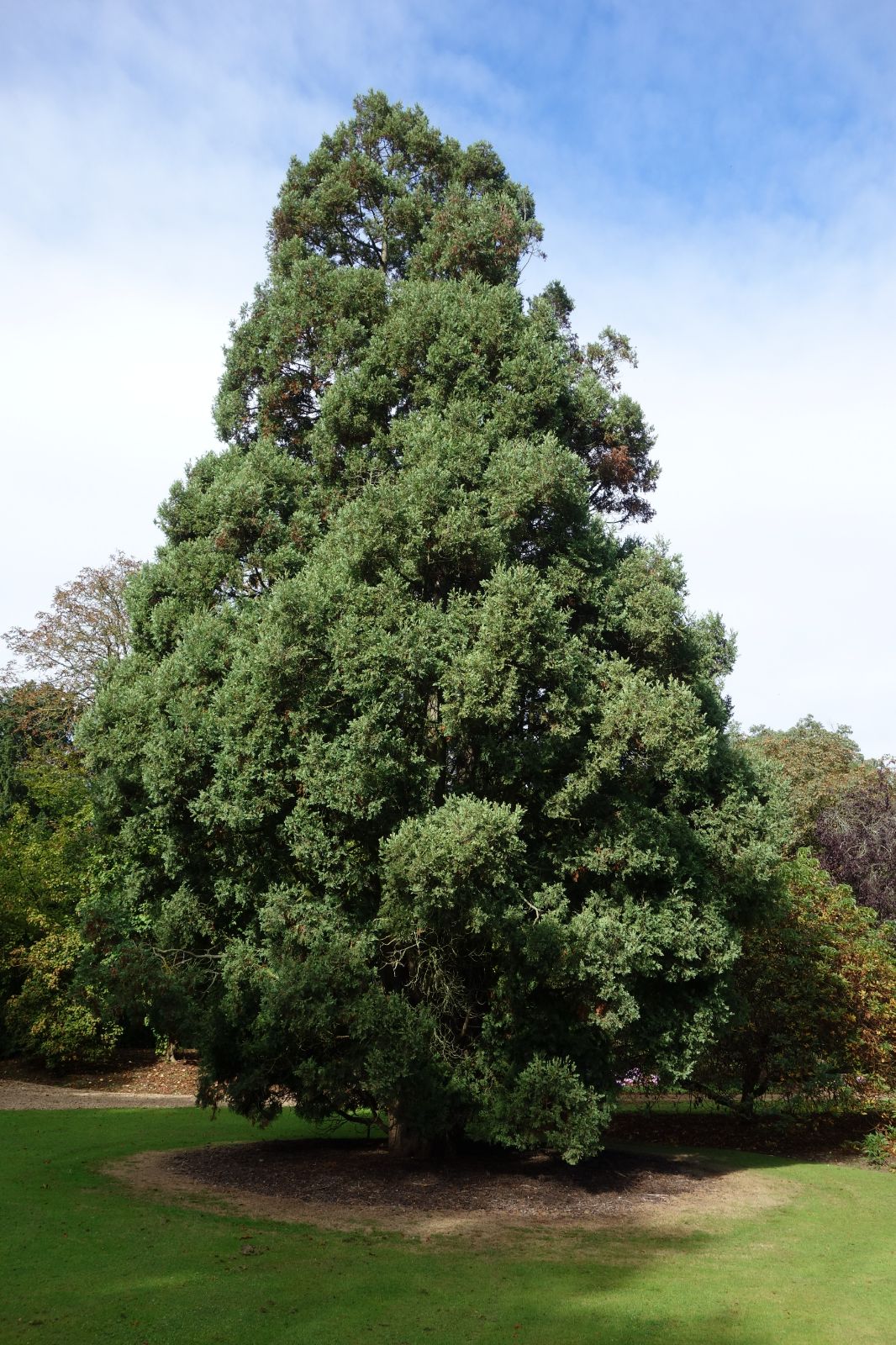Austrocedrus
Credits
Article from Bean's Trees and Shrubs Hardy in the British Isles
Recommended citation
'Austrocedrus' from the website Trees and Shrubs Online (treesandshrubsonline.
Family
- Cupressaceae
A genus of a single species in Chile and bordering Argentina, closely allied to Libocedrus. Leaves scale-like, decussate, the lateral pairs up to 1⁄8 in. or slightly more long, appressed at the base, the upper part spreading but tending to curve inwards at the apex; facial leaves minute. Branchlets arranged in more or less flattened sprays. Cones about 1⁄2 in. long, with two pairs of woody scales, each with a minute boss on the back; upper pair fertile, the lower shorter, sterile. Seeds one or two on each scale, unequally winged.

